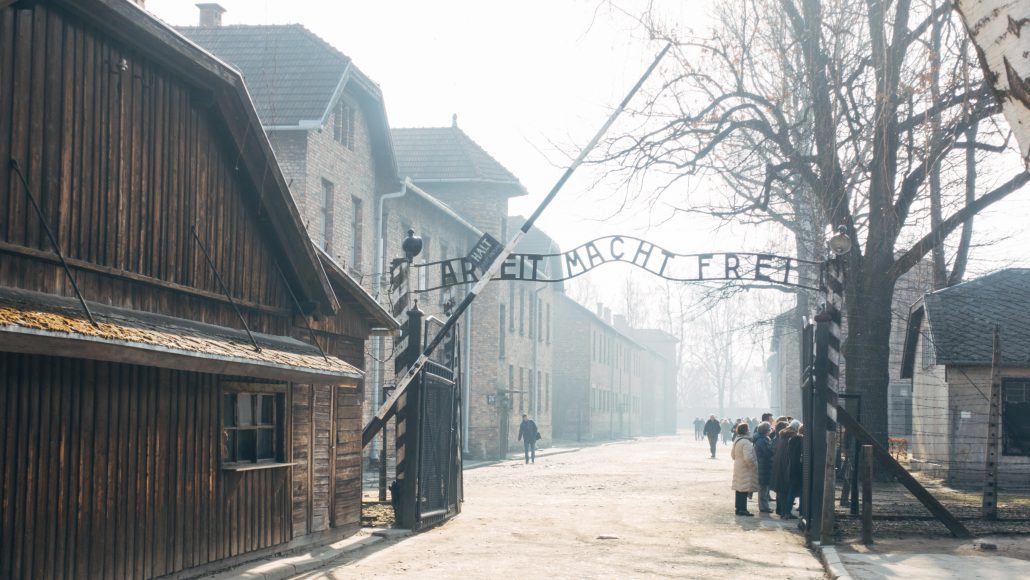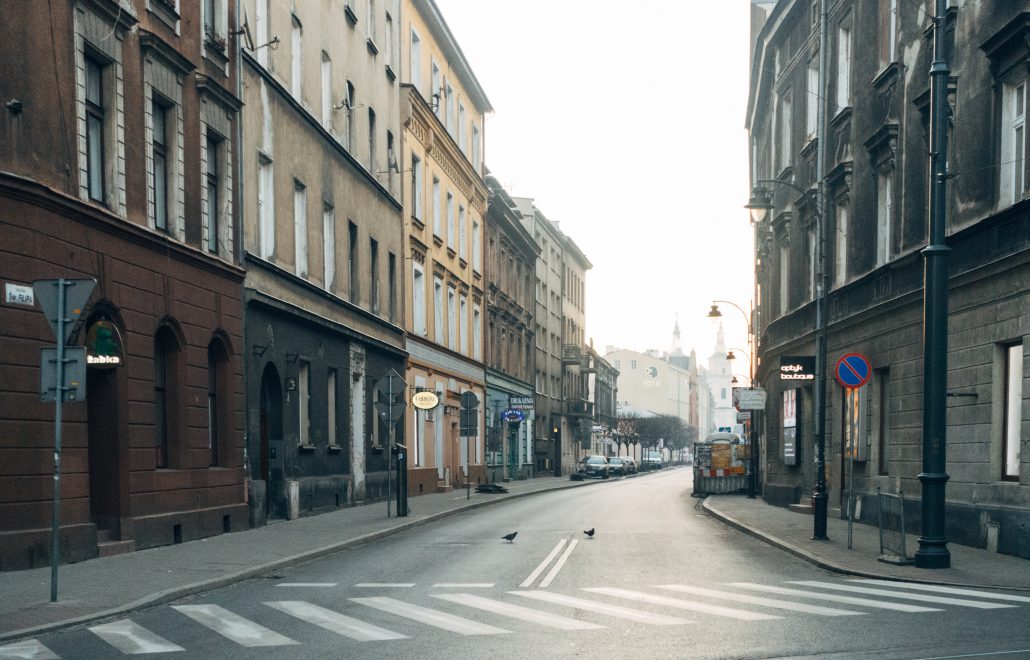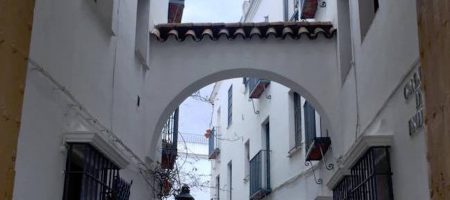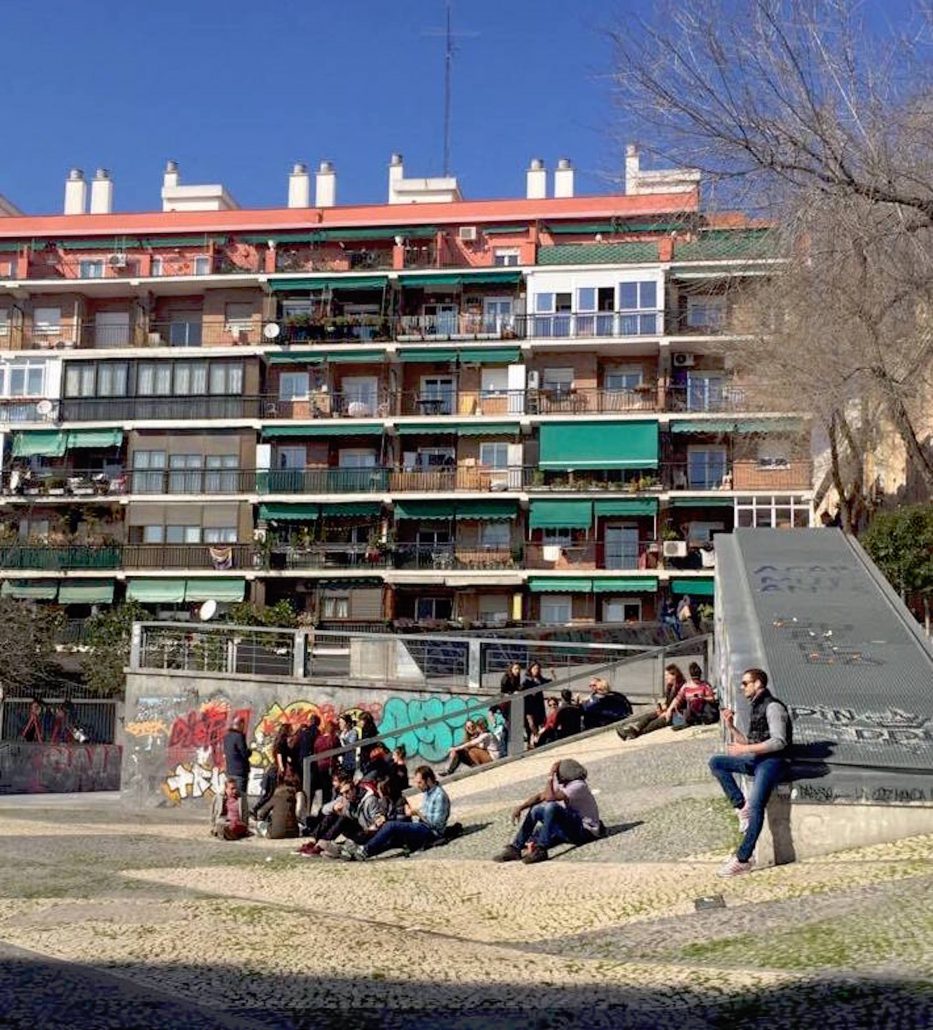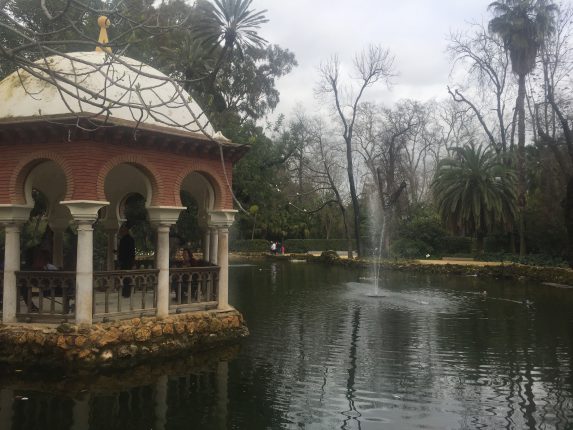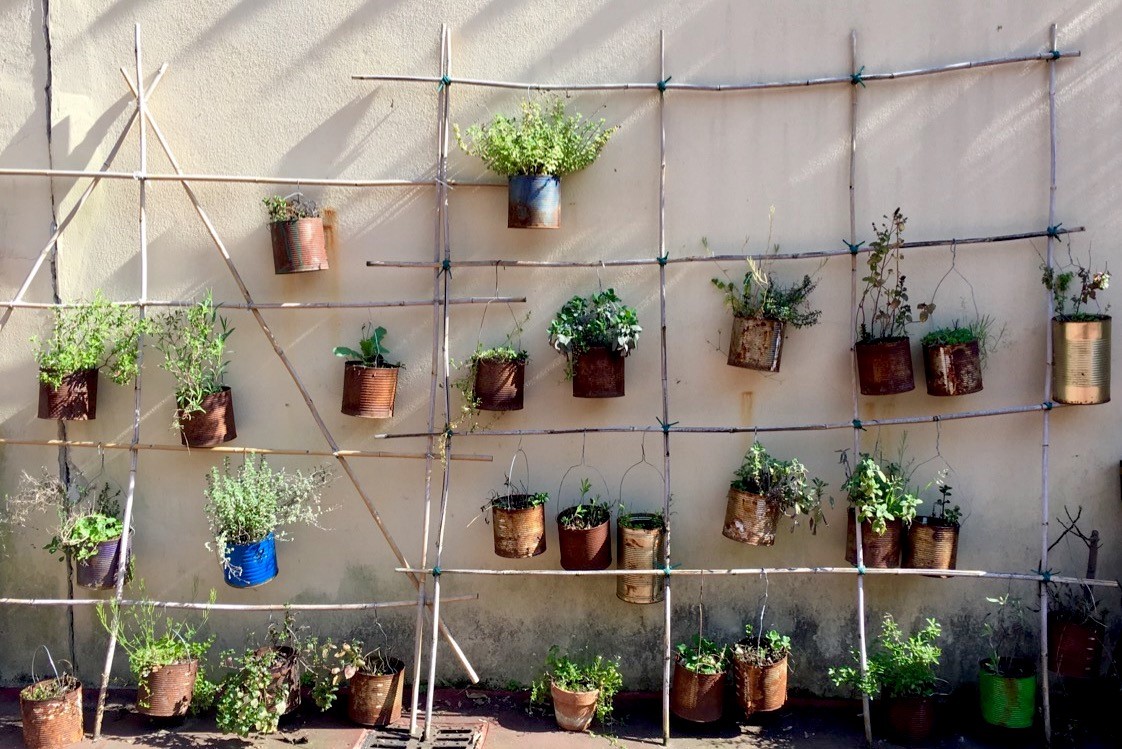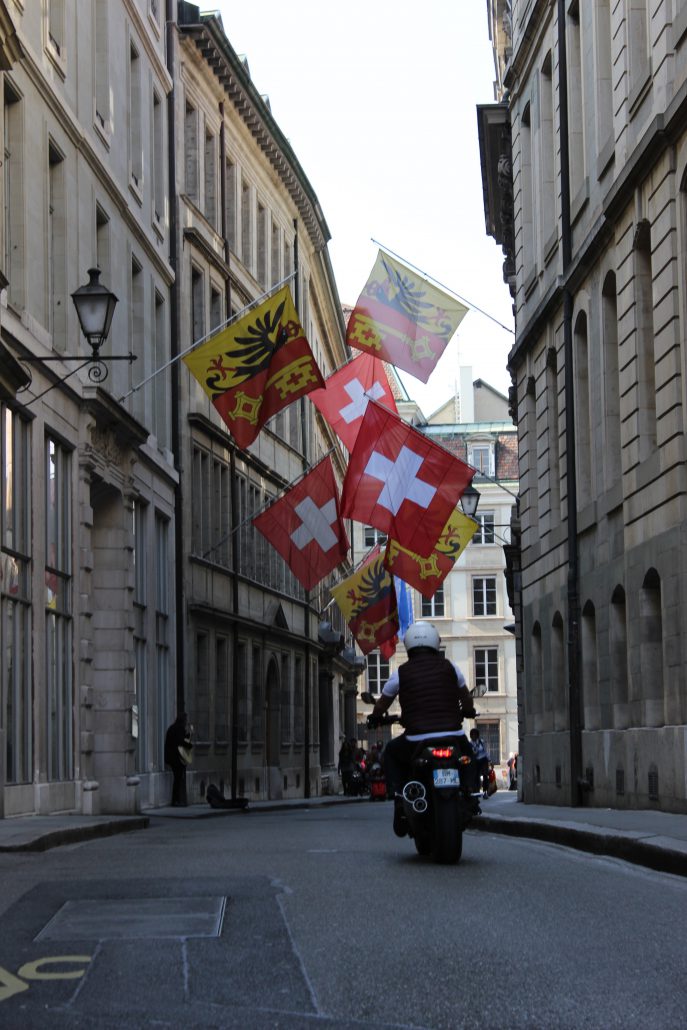Thailand | First Two Weeks in Bangkok
BY RACHEL TANG
My name is Rachel Tang and I am currently participating on a UCEAP in Bangkok, Thailand. I will be studying at Thammasat University for the spring semester of 2017.
It has been exactly two weeks since I’ve arrived in Bangkok and I could not be happier with my decision to study abroad here. What compelled me to move halfway across the globe was a different way of learning that combines the traditional academic setting with real world experiences. As a Political Science major with a particular interest in Southeast Asia, I chose Thailand due to its unique history and culture. I am eager to learn as much as I can within the next several months and hope to inspire others to see the world and study abroad as well.

My pre-departure experience was quite smooth. Submitting the required materials was simple and I was off to Thailand sooner than I knew. Once I arrived, however, navigating my way from the airport to my apartment was slightly more challenging. The taxi is one of the common modes of transportation in Bangkok, which is something that I was unfamiliar with before. Regardless, I was lucky enough to encounter friendly Thais who assisted me in finding my way.
Once I arrived at my apartment, I began to settle into my spacious single (moreso a studio than an apartment). There is no kitchen, but it works out quite well because eating out at restaurants and vendors here is delicious, convenient, and inexpensive. I didn’t know anyone prior to arrival, since I was the only UCLA student participating on this program; however, I met many other UC, out of state, and international students the following day at the first orientation. It has only been two weeks, but I can say that I have befriended such great individuals who all have similar interests to learn, travel, and contribute positively to this world.
There were three mandatory orientations: one for all spring international students, one for all UC students, and one for your respective department. Although they seem overwhelming, each one was particularly useful, ranging from basic cultural knowledge to enrollment of courses. My favorite was the UC orientation, where we got to meet our abroad liaison, Professor Thanet. He was extremely kind and helpful, going as far as setting up internship opportunities for us.
I had my last orientation only several days ago, as my official first day of classes don’t begin until this Wednesday. I’ve had quite a bit of time to settle, in which I chose to travel and explore. My friends and I have made a trek last week to Chiang Mai and Pai up north, and to an island called Ko Samet this past weekend.

There is so much to do and so much to see in this country—several more reasons as to why I chose to study abroad here. I’ve had an incredible time exploring caves, waterfalls, canyons, snorkeling, etc., all in the span of one week. My friends and I are already planning our next few trips on our weekends and holidays.

Despite all of my adventures that I have been enjoying, I am excited for classes to start. I will be taking 4 Political Science courses and 1 Thai language course. I’m very interested in learning not only about Thai government and politics, but also politics of other regions through a Thai perspective. I also am eager to practice my humble Thai language skills. Through my experiences so far, it is fun and rewarding when you make an attempt to speak in your host country’s language. For the remainder of my time here, I am making it a goal for myself to seize any opportunity to learn and immerse myself.

Rachel Tang studied abroad in Bangkok, Thailand, in spring 2017: http://eap.ucop.edu/OurPrograms/thailand/Pages/thammasat_univ.aspx




